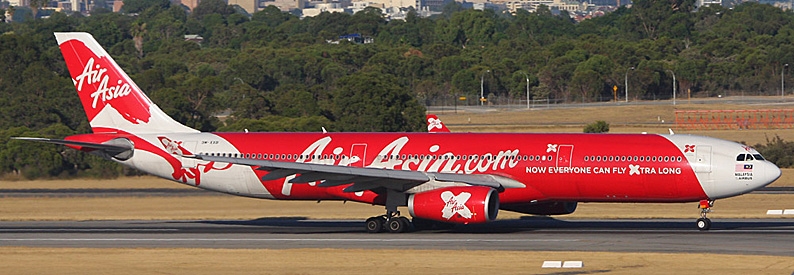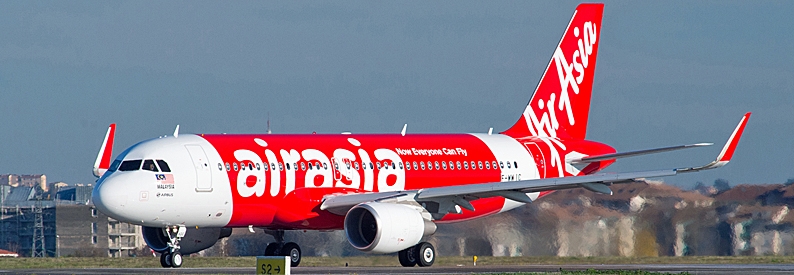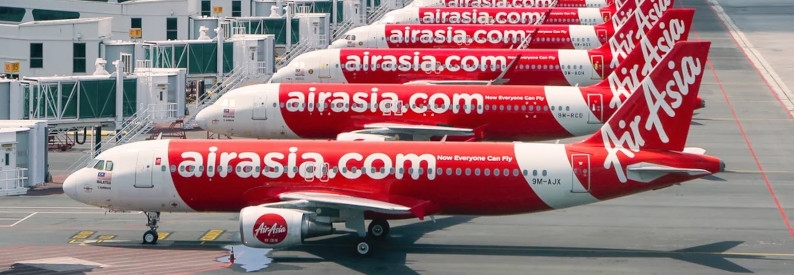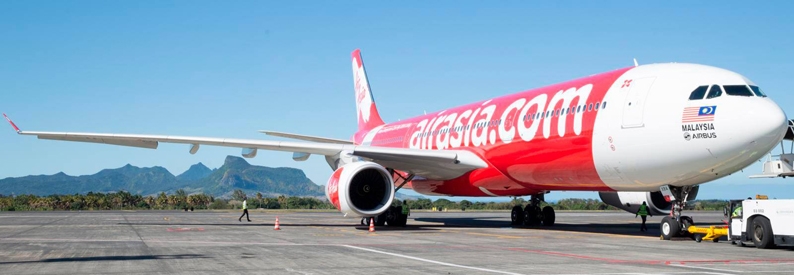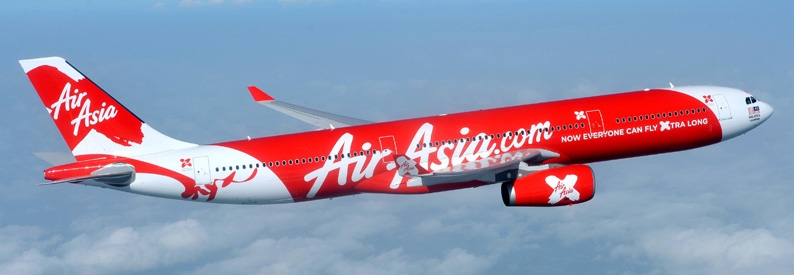AirAsia X (D7, Kuala Lumpur International) and Capital A have fulfilled all conditions for their airline restructuring, rendering the Share Sale and Purchase Agreements (SSPAs) unconditional as of October 29, 2025. As part of the reorganisation, the group plans to exit widebody operations by the early 2030s and has cancelled its A330-900N order.
The move clears the path for Capital A to divest its airline operations to AirAsia X, which will be rebranded as AirAsia Group and consolidate all AirAsia-branded carriers.
Completion is targeted around mid-December 2025, possibly earlier, after which Capital A will seek to have the Malaysian PN17 financial distress status removed. All required stakeholder approvals have been secured, alongside a MYR1 billion ringgit (USD238 million) private placement commitment.
Speaking during a media briefing on October 30 attended by ch-aviation, Capital A chief executive Tony Fernandes said the group would now proceed with the final procedural steps, including the capital reduction, the relisting of AirAsia X shares on Bursa Malaysia, and other tasks under the approved restructuring plan.
Following completion, the new AirAsia Group will comprise seven carriers: the short-haul AirAsia operators in Malaysia, Thailand, Indonesia, the Philippines, and Cambodia, plus the medium-haul AirAsia X-branded units in Malaysia and Thailand.
The chief executive clarified that each AirAsia operator will remain a distinct legal entity, while AirAsia (AK, Kuala Lumpur International) and AirAsia X in Malaysia, and their Thai counterparts, are planned to be merged operationally under a single AirAsia Group umbrella. The group's aircraft order book will be held centrally under AirAsia Group, with aircraft allocated to each AOC as required.
Capital A will retain its non-aviation subsidiaries - Asia Digital Engineering (ADE), Teleport (logistics), AirAsia MOVE (travel platform), Santan (F&B), and AirAsia NEXT (technology and brand licensing) - and is exploring a potential US Nasdaq listing for AirAsia NEXT, which will also house BigPay and the group's loyalty and digital assets. Capital A will retain an 18% stake in the airline group.
Separately, Bloomberg reported that AirAsia Aviation Group plans to raise up to USD600 million in a bond issuance to refinance existing debt. In response, Fernandes acknowledged strong interest from financial markets, which have been "very, very positive." The company confirmed it is exploring various financing options.
Fleet outlook
Fernandes confirmed the group had cancelled its order for fifteen A330-900Ns and plans to retire its A330-300 fleet within six years. The future fleet strategy will focus on A321-200NX and A321-200NY(XLR) types as the carrier transitions to an all-narrowbody operation.
According to ch-aviation fleets data, AirAsia X currently operates nineteen A330-300s, while Thai AirAsia X (XJ, Bangkok Suvarnabhumi) operates ten. AirAsia signed a memorandum of understanding in July 2025 for fifty A321XLRs, with options for twenty more.
Fernandes added that all 255 aircraft across the AirAsia carriers are expected to be reactivated by the end of 2025, with the group's combined fleet projected to grow to 600 aircraft over the next decade. Passenger numbers are targeted to recover to 90 million in 2026 and reach 155 million by 2035, supported by network expansion from 143 to 175 destinations.
The group aims to become a "narrowbody low-cost network carrier", leveraging the A321XLR's range to expand into Europe and the United States via virtual hubs to be established in the Middle East, Europe, and Japan.
"We're going to be a narrowbody operator going forward," Fernandes stated, adding that the airline is finalising a large new aircraft order. The group is reported to have been in talks with various manufacturers for a yet-to-be-finalised 150-unit regional jet order.
- Type
- Base
- Aircraft
- Destinations
- Routes
- Daily Flights

